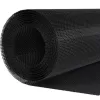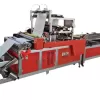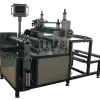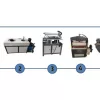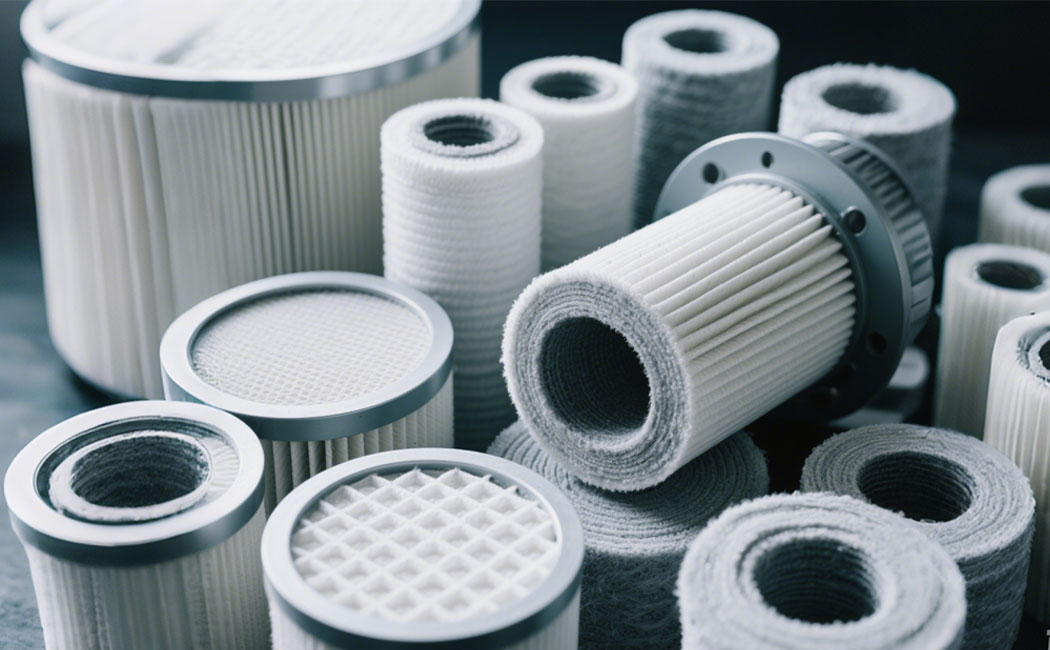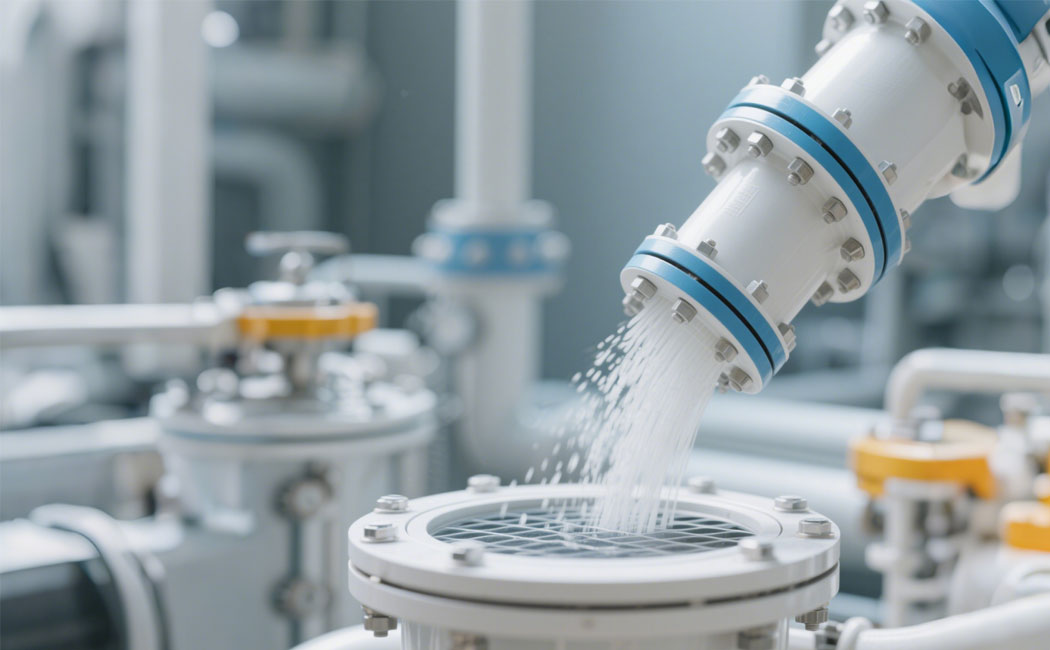CNCvsManualKnifePleatingMachines
The development of industrial filtration systems is always closely related with the progress of pleating technology. The core of modern filter manufacturing is two completely different but complementary solutions: numerical control knife pleating machine and traditional manual knife pleating machine. These systems represent the engineering concepts of different times, and each has its own unique advantages, which can meet specific production requirements.

Pleating technology fundamentally transforms plane materials into engineering three-dimensional structures through accurate folding patterns. The variant of CNC represents the peak of automation in this field, and the upper and lower knives controlled by computer perform alternating folding operations with micron-level accuracy. Different from the traditional models that rely on mechanical stop and manual adjustments, the CNC system dynamically calculates optimal cutter position according to the material characteristics and the required wrinkle geometry. This allows real-time compensation of material thickness variations that are common in multilayer composite fabrics or metal nets. Industrial case studies shows that CNC-controlled pleating can achieve the dimensional accuracy within 0.01 mm, which is the key requirement for high-performance hydraulic filters. In this case, uneven pleating can reduce filtration efficiency by as much as 30%.
The traditional knife pleating machine maintains its relevance through its mechanical simplicity and versatility of materials. Although it lacks computer controls, its solid structure enables it to process unconventional materials, such as thick curtain fabrics, which might challenge the automation systems. The manual adjustment mechanism requires skilled operators and provides some tactile feedback that manufacturers like when dealing with fine materials. Both systems provide thermal stability options, which can be used to solve the memory effect in synthetic fiber fabrics, but the CNC version seamlessly integrates this function into its automated workflow.
The CNC models usually contains hardened tool steel parts with advanced surface treatments, such as titanium nitride coating. Compared with the standard carbon steel parts in traditional machines, the service life is extended by 5-8 times. Compared with the common hydraulic systems in manual devices, the automation systems also adopts servo electric drive, which can reduce energy consumption by 25-40%. However, this technical complexity has brought higher initial investment and maintenance complexity, which led many small-scale manufacturers to choose the traditional models.
Application environment further emphasizes the differences among these technologies. Automatic filter production with high output and consistent quality is required, which overwhelmingly supports CNC systems. They can store hundreds of pleating formulas, and can switch between different filter types instantly, from diesel particulate filters that need ultra-precise 2 mm pleats to oil filters that need wider 5 mm spacing. Conversely, the textile industry frequently utilizes manual players for decorative fabric processing, where absolute precision is less critical than material handling flexibility.
Emerging capability of Industry 4.0 is reshaping the value proposition of CNC pleating equipment. Modern systems now integrate predictive maintenance algorithms, which can analyze vibration modes and force feedback and predict blade wear before it affects product quality. Some advanced models are even equipped with machine vision systems, which can automatically detect material defects during the feeding. These developments are gradually creating a performance gap that manual machines can not bridge, particularly in regulated industries like medical filtration where documentation of every production parameter is mandatory.
The choice between these technologies ultimately depends on the scale of production, the diversity of materials and quality requirements. While CNC systems dominate high-volume precision applications, conventional leaders continue to serve niche markets where their mechanical simplicity and lower capital cost provide compelling advantages.
Share:
Categories
- blog(31)
- Industry news(3)
- Technique articles(28)

